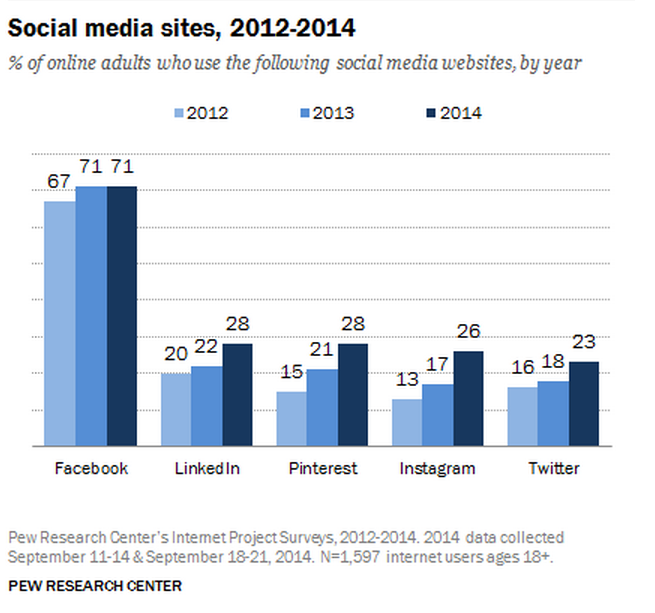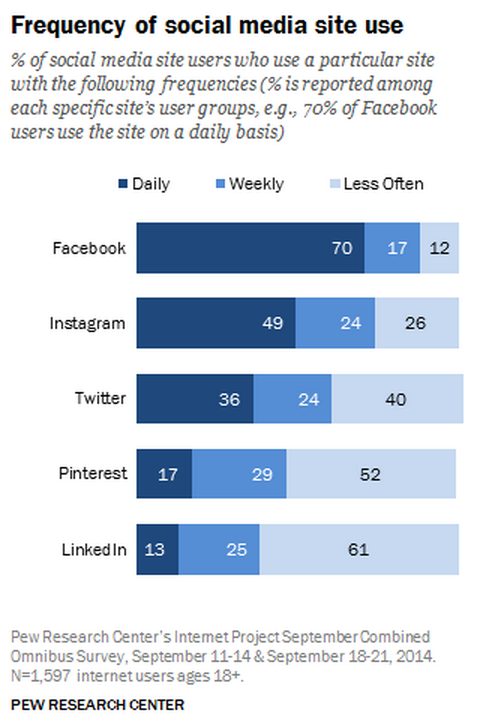While Facebook may be the most popular social media platform, some brands are discovering Twitter can be just as effective for growing your business and turning followers into leads and sales. However, it isn’t always easy to start building a real fruitful presence on the site.
According to Search Engine Journal, only 34% of marketers on Twitter are successful at finding leads on Twitter. Does that mean the hugely popular service isn’t fertile land for marketing? Not necessarily. You just have to understand Twitter before you can expect to start finding good leads.
Too many companies just Tweet whatever they can think of without any sort of strategy. But if you take the time to learn the ropes and see what works and what doesn’t, you can start Tweeting with a purpose and drawing in loads of quality leads.
Over the weekend, HubSpot and Market Domination Media released this infographic filled with useful tips and statistics that can help you craft a game plan so you can turn Twitter into a lead generating machine with a little time and testing to find what works best for you.


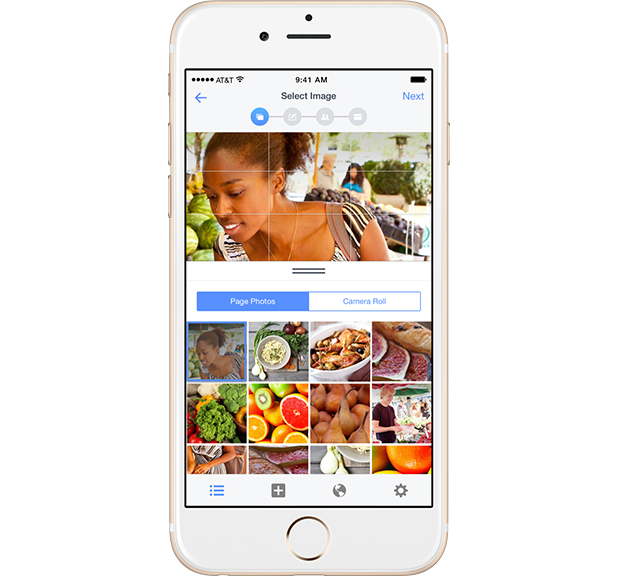
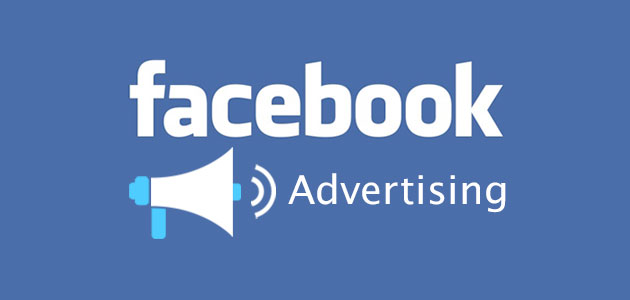
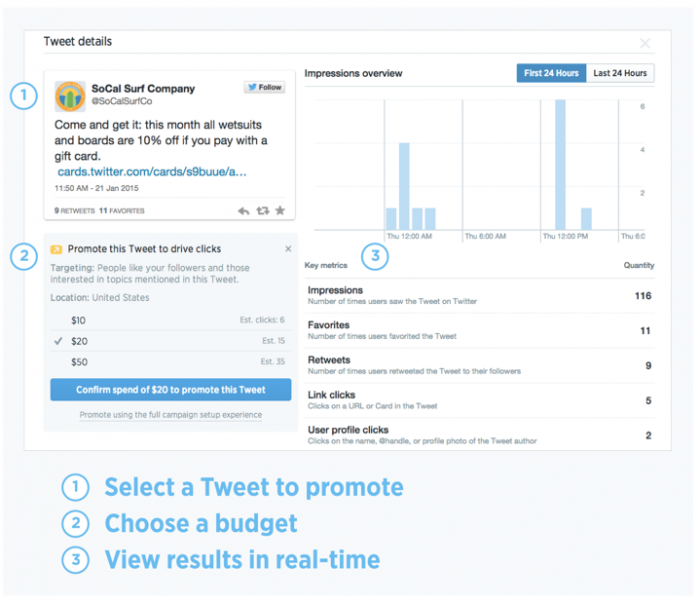
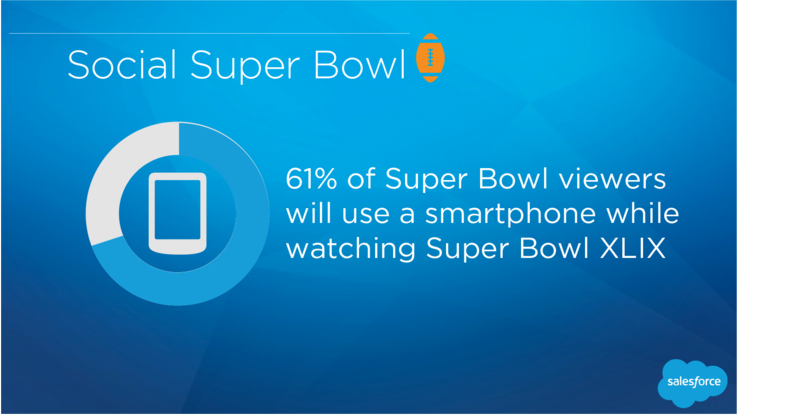
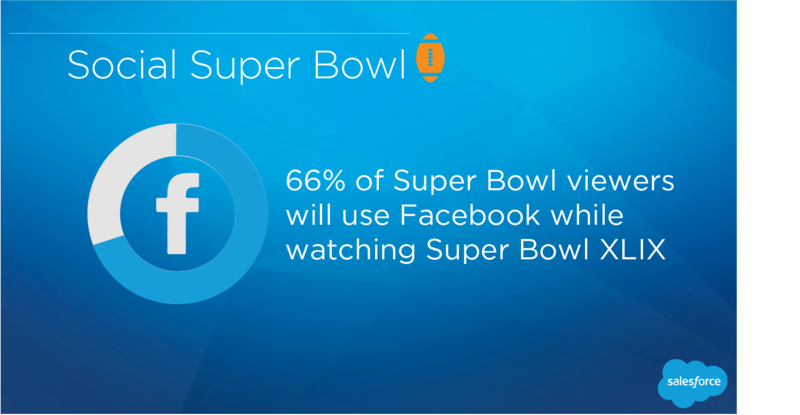
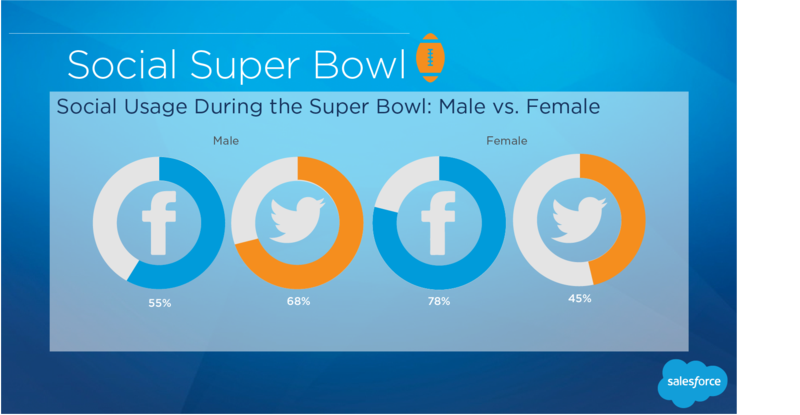
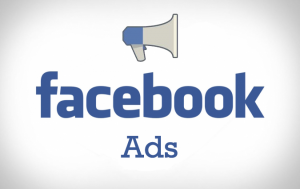 Facebook is making it a lot easier to measure the amount of new business you get from ads on the social media site,
Facebook is making it a lot easier to measure the amount of new business you get from ads on the social media site, 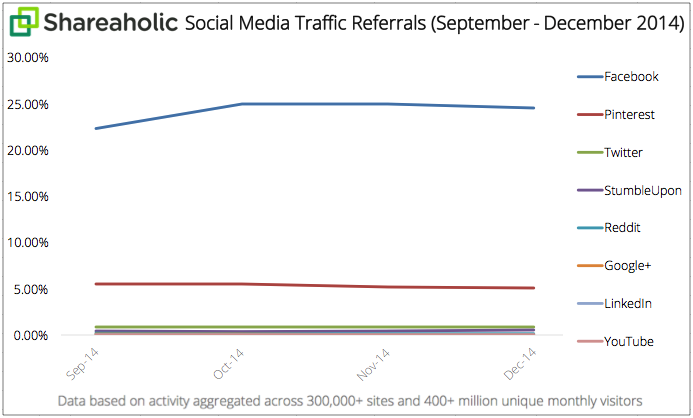
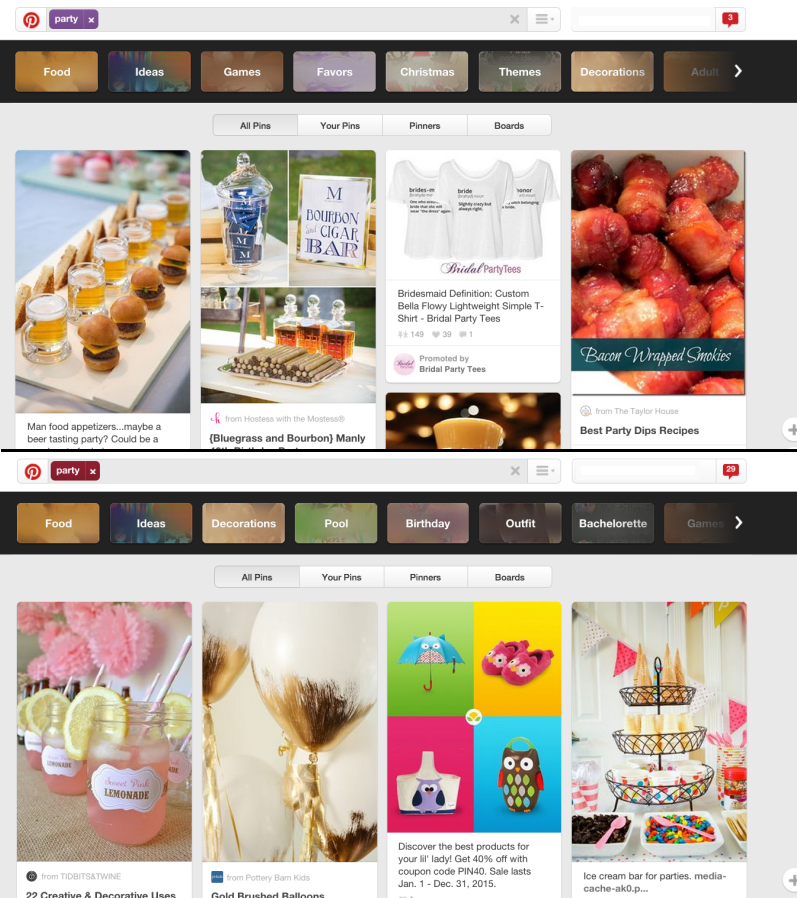
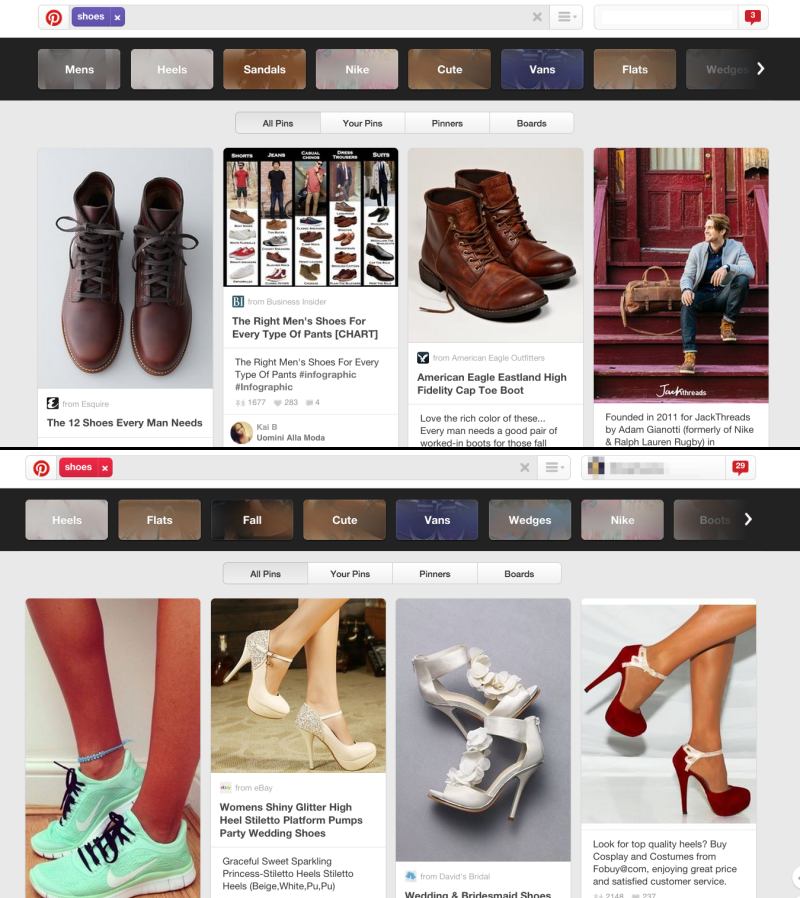
 The Super Bowl is quite possibly the biggest single day for advertisers. There aren’t many other times you’ll hear anyone proclaim they are watching something “just for the commercials.” But, it has always been difficult for online marketers to get into the mix. That all might be changing as Facebook has announced a new tool to help online advertisers target people interested in the “Big Game.”
The Super Bowl is quite possibly the biggest single day for advertisers. There aren’t many other times you’ll hear anyone proclaim they are watching something “just for the commercials.” But, it has always been difficult for online marketers to get into the mix. That all might be changing as Facebook has announced a new tool to help online advertisers target people interested in the “Big Game.”